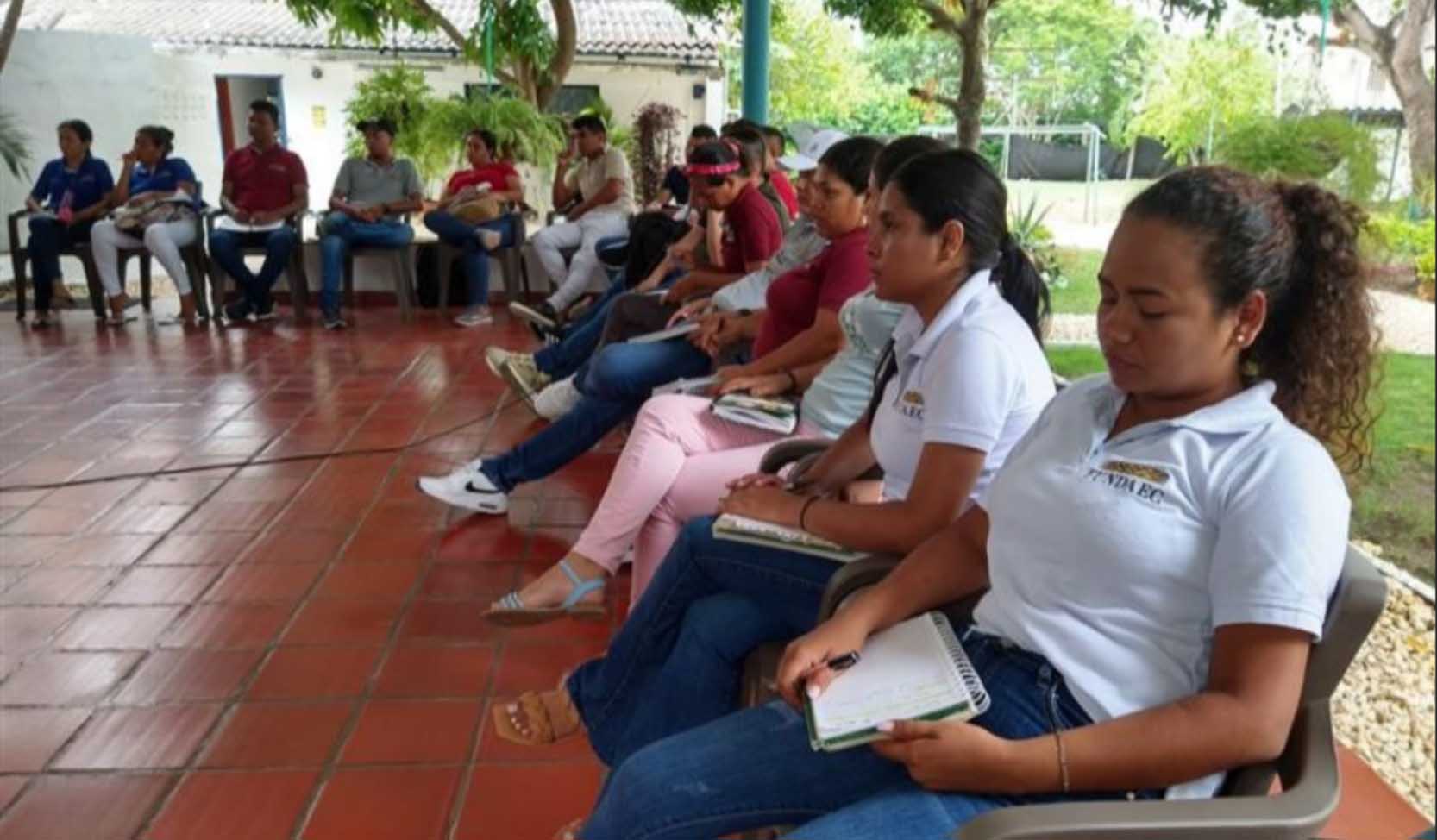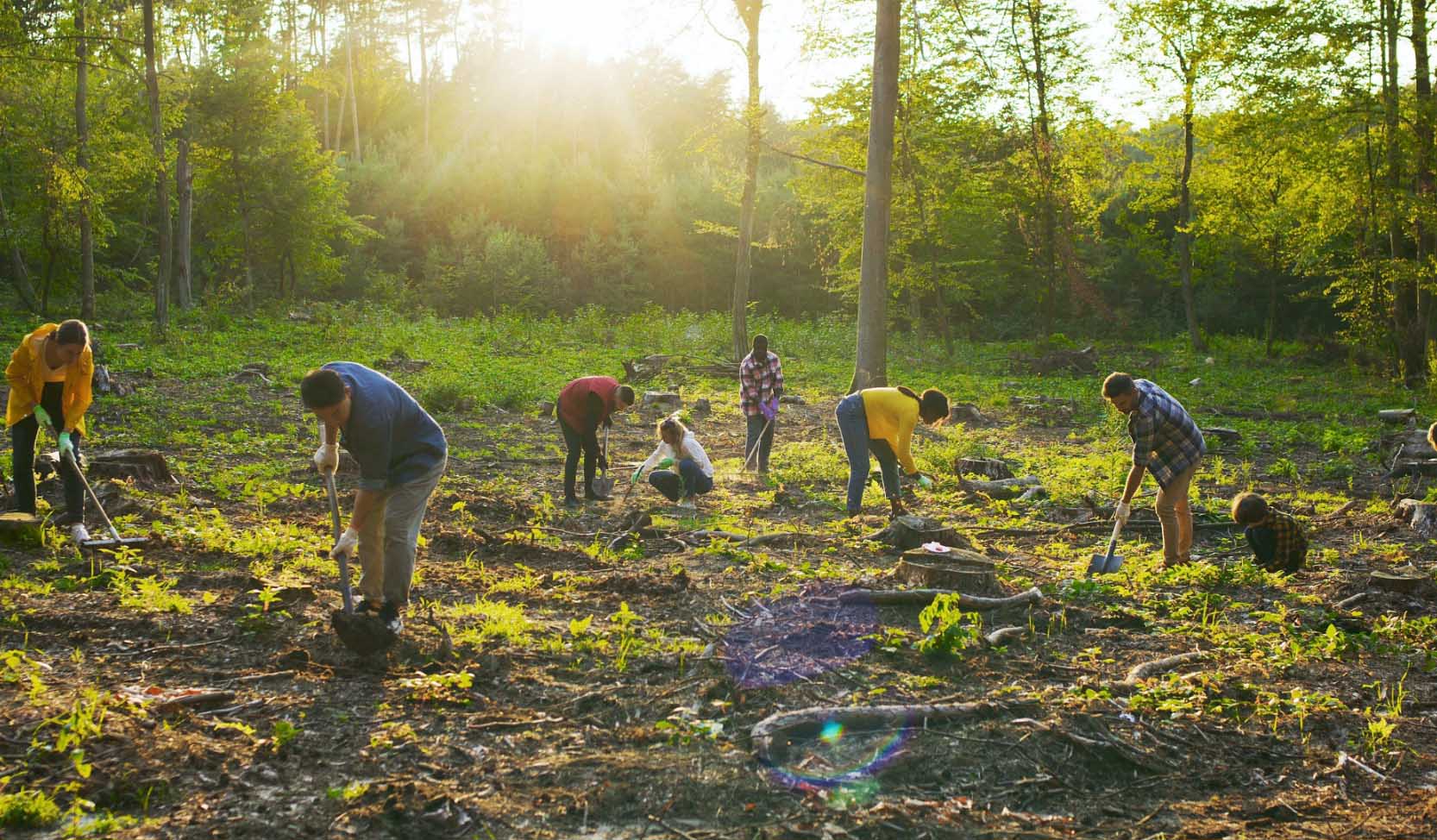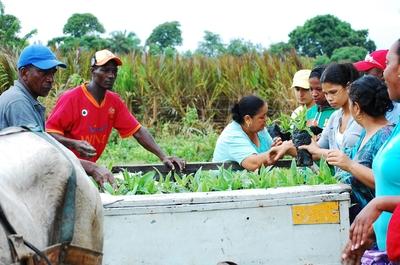
Non-profit Organizations Involved in Planting Trees, Aims, Actions, and Impact
“The interconnection that exists between the various parts of the universe requires mutual influences and effects, whether material or spiritual.”

Numerous non-profit organizations around the world have dedicated their efforts to planting trees. In this blog, we explore the common goals, actions, and impact of non-profit organizations involved in tree planting, highlighting their collective contribution to creating a greener and more sustainable future.
The Global Reach and Diverse Focus of Non-profit Tree Planting Organizations
According to research compiled from a pantropical database at Yale University, New Haven, published in 2021, 174 tree planting organizations are planting trees across countries. The organizations not engaged in planting/reforestation or those who did not have a website were excluded (54 organizations). 22% of these organizations were for-profit, and 78% were non-profit.

The non-profit organizations and NGOs had projects with a range of different focuses, including reforestation/forest conservation (62%), wildlife conservation (13%), sustainable/economic development organizations (20%), and humanitarian/water/health organizations (3%). Statistics show that developing nations' organizations focus on sustainable development (24%), slightly more than developed nations’ organizations (15%).
The Aims of Non-Profit Tree Planting Organizations
Non-profit organizations that focus on tree planting have several aims and purposes, which may include:
Reforestation and forest conservation
Many organizations strive to replenish areas that have suffered from deforestation, including forests, woodlands, and other natural habitats. In 2015, Tom Crowther, a Welsh ecologist and researcher, utilized machine learning and AI to estimate the global tree population at approximately 3.04 trillion. Subsequent studies by Crowther revealed that over 15 billion trees are cut down each year, and the global number of trees has fallen by about 46% since the start of human civilization. Many organizations aim to restore ecosystems, enhance biodiversity, protect endangered species, and conserve forests by planting trees.
Climate Change Mitigation
Tree planting is recognized as an effective approach to climate change mitigation and adaptation. Many organizations have prioritized tree planting to reduce greenhouse gases and combat climate change.
Environmental Education and Awareness
In addition to planting trees, many non-profit organizations emphasize the importance of environmental awareness. They aim to educate individuals and communities about the value of trees, the benefits of reforestation, and the importance of preserving natural ecosystems.

Community development
Many non-profit organizations that are active in the field of tree planting also prioritize community involvement and empowerment. They encourage communities to participate in tree planting and agricultural programs, providing them with knowledge, necessary training, and resources. The involvement of local people will help them achieve food security, employment, and income. Participating in community-building workshops will also strengthen social bonds and lead the building of a united and independent community. The ‘Planting Hope’ program is one of the programs that plant trees in areas with fewer resources and accompanies local people in the whole planting journey from seeds to market through training and accompaniments that lead to sustainable development.
Non-profit Organizations' Actions in Tree Planting
Tree Planting Campaigns
These organizations arrange and carry out large-scale tree-planting campaigns, often with the help of volunteers, local communities, and corporate partners. They provide the resources and organize the tree-planting efforts. Some of these organizations monitor and maintain trees in all life stages. According to the 2021 Yale University study, 118 organizations reported planting about 1.4 billion trees since 1961. The mean number of trees reported annually dramatically increased in the last decade (2010–2020) compared to reported planting pre-2010, largely due to the increased number of organizations engaged in tree planting.

Reforestation Projects
Non-profit organizations initiate reforestation projects in deforested or degraded areas. They conduct site assessments, develop reforestation plans, and oversee the entire process, including seedling production, tree planting, and post-planting care. According to the 2021 Yale University study, 68 organizations have reforested approximately 4.3 million hectares since 1889. Notably, non-profits outpaced for-profits in average tree planting and reforestation. For example, in Africa, an area of approximately 1 million km2 consisting mostly of grassy biomes has been targeted for restoration by 2030. In addition, NGOs have contributed to 33,472 km of roadside planting and 53,430 ha of afforestation in Bangladesh over the last two decades.
Environmental Advocacy
Many organizations actively support policies and practices that protect and restore forests. They participate in public awareness campaigns, lobby for stronger environmental laws, and work with government bodies, businesses, and other stakeholders to create positive change.
Research and Monitoring
Non-profit organizations involved in tree planting often conduct research and monitoring to assess the impact of their initiatives. They collect data on tree survival rates, ecosystem recovery, and carbon sequestration, which helps refine their strategies and demonstrate the effectiveness of tree planting efforts.
Funding and Financial Support of Non-profit Organizations involved in planting tree
Non-profit organizations rely on financial support from various sources, including individual donations, corporate contributions, and fundraising campaigns, to continue their efforts. Funders vary from billionaires like Jeff Bezos, who pledged $2 billion to reforestation, to individuals donating $1 and larger amounts to tree-planting organizations.
Planting Hope: Embracing Diverse Aims in the Non-Profit Tree-Planting Initiatives
The Planting Hope program, initiated by the TwoWings non-profit Foundation, is one of the thoughtful and forward-thinking initiatives to combat climate change and preserve our planet while bringing social and economic development to the communities. This project is a cross-cutting approach that focuses on planting trees to improve the environment while providing comprehensive monitoring and care throughout the entire lifecycle of the trees. Planting Hope plants trees in areas with fewer resources, encouraging and involving local people to create income, employment, and food security. Participating in workshops and tree-planting programs also creates a sense of unity among local people and strengthens social bonds.

Tree planting programs sometimes need more support from local people. Some reasons for the resistance are infrastructure disputes (such as trees that damage utilities and buildings), health impacts (such as allergies), and annoyance concerns (the hassle of falling leaves). The ‘Planting Hope’ program prioritizes community input in selecting tree species and planting locations, fostering local participation, as well as sustaining the program. This collaborative approach ensures that the program is tailored to the community's needs and preferences, thereby enhancing the benefits and well-being of local people. What We Do
Impact of Non-profit Tree Planting Organizations
Tree planting non-profit organizations have significantly impacted individuals, companies, governments, and the world as a whole.
Individuals: Non-profit organizations raise awareness about the importance of trees and environmental protection, which has increased environmental literacy among people. They also provide opportunities for people to participate in environmental restoration. Also, organizations active in tree planting improve the quality of life through trees' benefits.
Companies: Non-profit tree-planting organizations provide opportunities for companies to fulfill their CSR goals and offset their carbon footprint to demonstrate their commitment to sustainability. Partnering with non-profit tree-planting organizations can enhance a company's image and reputation as consumers increasingly support environmentally responsible businesses.

Governments: Tree organizations contribute to governments' efforts to mitigate climate change as outlined in international agreements. The activities of these organizations can influence the development of environmental policies, leading to stricter regulations, conservation incentives, and the integration of afforestation initiatives into national programs. Governments also benefit from the social and economic effects of non-profit organizations' tree planting, such as job creation, poverty alleviation, and improved livelihoods of local communities.
The World: Tree planting projects contribute to global efforts to reduce greenhouse gas emissions, combat climate change and adapt to its effects, and help preserve biodiversity by restoring ecosystems and protecting habitats. Tree planting projects promote sustainable development and create a more balanced and resilient future for the world.
Altogether…
The success of organizations involved in tree planting can be measured not only by the number of trees planted but also by the positive changes they create in ecosystems, local communities, and global environmental awareness. Supporting these non-profit organizations and their tree-planting initiatives can be a powerful way for individuals and communities to contribute to a greener and more sustainable world. Donation page
Read Our Insightful Blog Posts

Agroforestry: Revolutionizing Farming, Empowering Farmers, and Protecting the Planet
Discover the benefits of agroforestry, a sustainable solution that supports farmers and environmental protection.

The Joy of Giving: Unveiling the Neuroscientific Reasons Behind Charitable Donations
Uncover the neuroscience behind charitable giving and discover how acts of generosity can significantly uplift your mood, enhance social bonds, and contribute to a more fulfilling life.

Nuclear Power Phase-Out in Germany: A Shift Towards Renewable Energy Sources
Join us as we discuss nuclear energy, its advantages and disadvantages, and explore Germany's nuclear power phase-out and its transition towards renewable energies.
Green Your Inbox!
With our Newsletters, Stay updated on our Stories of Change and Growth.
As a gift, get a personalised Nature E-card from PH.

